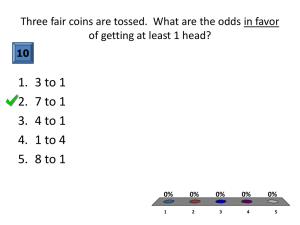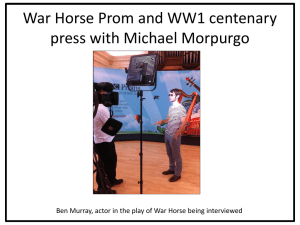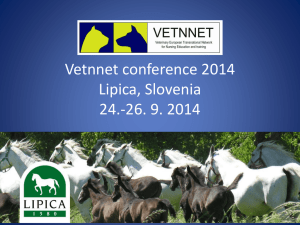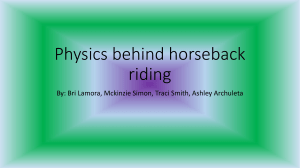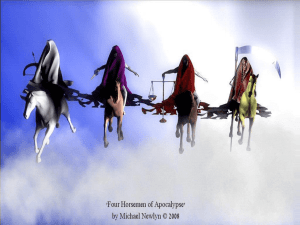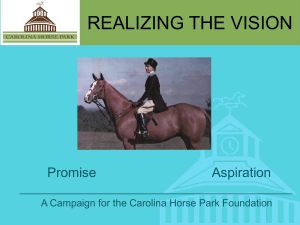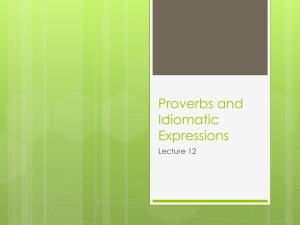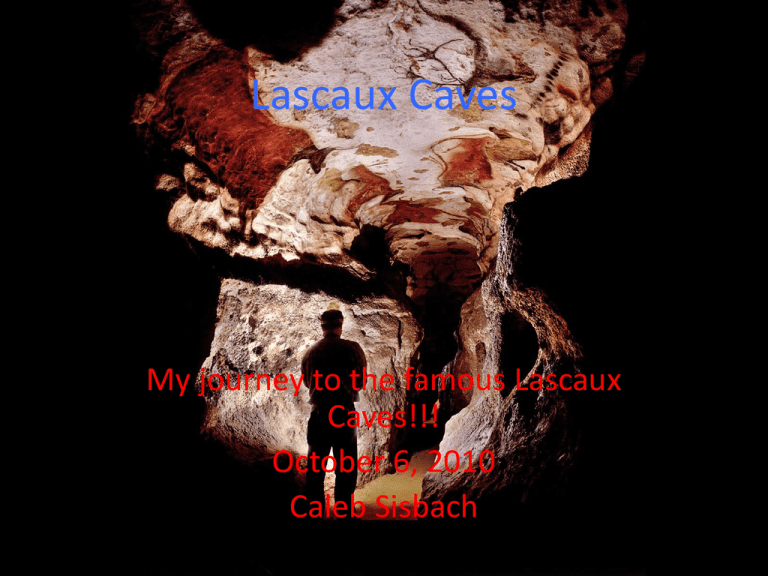
Lascaux Caves
My journey to the famous Lascaux
Caves!!!
October 6, 2010
Caleb Sisbach
Second Bull
Almost every anatomical detail is depicted: the very striking horns, the parted poll, the hide,
the prominent sex. Only the outline of the aurochs has been traced and, as for its
counterpart, the upper part was created with a brush, while the lower contours were
applied with blown pigments .It is covered over with three figures – the head of young
bovine, a small, partial silhouette of a horse and a large red bovine. It is also surrounded by
a number of geometrical signs, particularly between the shoulder and the breast (including
dots, a hooked symbol and a red line) and over the withers (a line and three dots).
Panel of the Hermione
The originality of this modest panel, unconnected to the long graphic strip running
along the walls from the entrance in the Hall of the Bulls, lies in its position: it is
located at the foot of the wall. Two yellow horses face each other
Horse Rolling on the Ground
The singular nature of some of the animal figures in the Passageway comes
from their apparent motion or the treatment of certain anatomical segments.
We can see this in the Horse with the Turned-Back Hind limb, which occupies
the centre of a composition involving a dozen equips.. To make it easier to see,
the outline has been enhanced. Although there is nothing particularly
noteworthy about the forequarters, the ensemble – hindquarters and hind
limbs – are torque. The origin of this movement is not perhaps a fall, but
rather a specific gesture made by certain animals when they roll on the ground
or prepare to get to their feet.
The Bearded Horse
The Bearded Horse provides a quiet introduction to the iconography of the
Nave, and could almost pass unnoticed, so much is the eye drawn to the major
compositions. And yet, it is one of the figures closest to the pathway through
the gallery. It is painted at eye level. Black pigment once covered almost the
entire body, but now only a few traces remain here and there on the hide. The
deeply-engraved lines depict every anatomical detail, plus one additional
aspect that sets it apart from every other horse in the cave – a growth of hair
between the lower jaw and the lower lip.
Head and Horns of a Bison
This bison, which has been engraved on a somewhat damaged surface,
consists of a set of horns, a poll with abundant fur, the beginning of the
nose and the eye, which has been depicted using two concentric circles.
The surrounding elements are much fainter. The rock, which has been
softened by alteration, has allowed the artist to make deep incisions, as
can be seen in the frontal segments
Small Head of a Horse
Most of the animal figures in the Apse are medium- and large-sized.
Nevertheless, there are exceptions, such as this small, isolated horse's
head, which is barely 10 cm long. This is one of the smallest figures in the
gallery. Miniaturization, however, does not mean discretion. The heavy
line and the black background, which contrasts with the white of the
engraving, makes this figure stand out remarkably.
Rhinoceros
The various interpretations given of the Shaft Scene always take the
Rhinoceros into account. And yet, the presence of this lone animal stands in
contrast to the other animals. A closer look reveals a very different technique.
The outlines were made by spraying pigments, compared with the other
figures, which were done with a brush. The color black might leads one to
believe that the same pigment source was used, but this is not the case.
Pigment analyses of the manganese dioxide show that the same source was
used for every figure, the horse included, except for the rhinoceros
Source: http://www.lascaux.culture.fr/index.php?lng=en#/fr/00.xml



